Programming News
Johndcook
292

Why do LLMs have emergent properties?
- Large language models (LLMs) exhibit emergent behaviors when the parameter count is scaled to a certain value, allowing them to perform new tasks.
- This emergent behavior is not merely a spurious artifact but a result of the model's capabilities evolving with size.
- Emergence is a common phenomenon in nature, with examples like phase changes and system improvements.
- In machine learning, examples such as linear regression and k-means clustering illustrate emergent properties with increasing parameters.
- Analogous emergence can be seen in algorithms like Boolean circuits designed to perform specific functions.
- LLMs' parameter count defines a bit budget spread across various tasks, leading to emergent capabilities as the model grows.
- The training process of LLMs influences the emergence of new capabilities, such as accurate arithmetic operations.
- Predicting when a new capability will emerge in LLMs, such as writing compelling stories, remains a challenge due to the complexity of internal algorithm discovery.
- In conclusion, the emergent properties of LLMs are not surprising given their training and size evolution, although predicting specific emergent behaviors is challenging.
- The ability of LLMs to dynamically develop new capabilities based on data presents both opportunities and challenges for understanding and utilizing these models.
- Predicting the precise emergence of capabilities in LLMs remains a complex and ongoing area of research.
Read Full Article
17 Likes
Dev
388

Image Credit: Dev
Build a Local RAG 💻 with Ollama, Huggingface, FAISS and Google Gemma 3 ✨
- Retrieval-Augmented Generation (RAG) enhances large language models (LLMs) by providing accurate and context-specific answers, addressing issues like 'hallucination' and outdated information.
- RAG enables LLMs to offer more relevant responses by combining retrieval-based search with generative language modeling.
- The article discusses creating a RAG-powered chat application using technologies like Reflex, LangChain, Ollama, FAISS, and Hugging Face Datasets & Transformers.
- Key components include Reflex for frontend, LangChain for application flow, Ollama for running local LLMs, FAISS for similarity searches, and Hugging Face for NLP tasks.
- The objective is to build a web-based chat app that utilizes a locally running LLM grounded in retrieved context to provide answers to user queries.
- The code structure includes necessary files like .env, requirements.txt, and scripts for RAG logic, state management, and UI in Reflex.
- Various libraries like reflex, langchain, datasets, faiss-cpu, sentence-transformers, ollama are integrated to handle different tasks in the RAG application.
- Diving into the code, steps involve loading datasets, creating embeddings, building or loading vector stores, initializing the Ollama LLM, and setting up the RAG processing chain.
- The UI utilizes Reflex components and customizable styling to create an interactive chat interface for the RAG application.
- To enhance accuracy and readiness for production, suggestions include using larger Ollama models, dedicated vector databases, tailored datasets, and improving the chat interface.
- The project showcases the synergy of technologies like Reflex, LangChain, FAISS, Hugging Face, and Ollama in creating a locally hosted RAG chat application.
Read Full Article
23 Likes
The Pragmatic Engineer
112

Image Credit: The Pragmatic Engineer
The Pulse #133: App rushing to add web payments on iOS
- Apps rush to add support for iOS web payments in the US following a court ruling that forced Apple to allow web payments on iOS, benefiting app developers and customers.
- Figma faced a downside with feature flags when the new Figma Slides feature details were shared by a software engineer due to everything being shipped in their iOS/Android apps, solely protected by a feature flag.
- Big Tech companies like Microsoft and Meta claim that 20-30% of their code is generated by AI, showcasing impressive numbers but leaving the productivity benefit of AI-generated code uncertain.
- A US antitrust trial involving Google and Apple revealed a drop in Google searches made on iPhones, potentially due to users turning to AI chatbots and search engines instead of Safari's default search function that redirects to Google.
Read Full Article
6 Likes
Medium
265

Design of a Network Vulnerability Scanner: Defining the Scope
- The focus is on the design and architecture of a Network Vulnerability Scanner, providing insight into how the scanning components interact and the considerations behind building an effective scanner.
- The article highlights the importance of design choices and discusses utilizing tools like Nmap and CVE databases for efficient scanning.
- Before delving into specific components, defining the scope of the network vulnerability scanner is emphasized as a crucial step in managing expectations and directing efforts.
- The network vulnerability scanner is explained as a system comprising multiple specialized tools that work together, with key players including the scanning engine and various components.
Read Full Article
15 Likes
Discover more
- Software News
- Web Design
- Devops News
- Open Source News
- Databases
- Cloud News
- Product Management News
- Operating Systems News
- Agile Methodology News
- Computer Engineering
- Startup News
- Cryptocurrency News
- Technology News
- Blockchain News
- Data Science News
- AR News
- Apple News
- Cyber Security News
- Leadership News
- Gaming News
- Automobiles News
Crypto-News-Flash
429
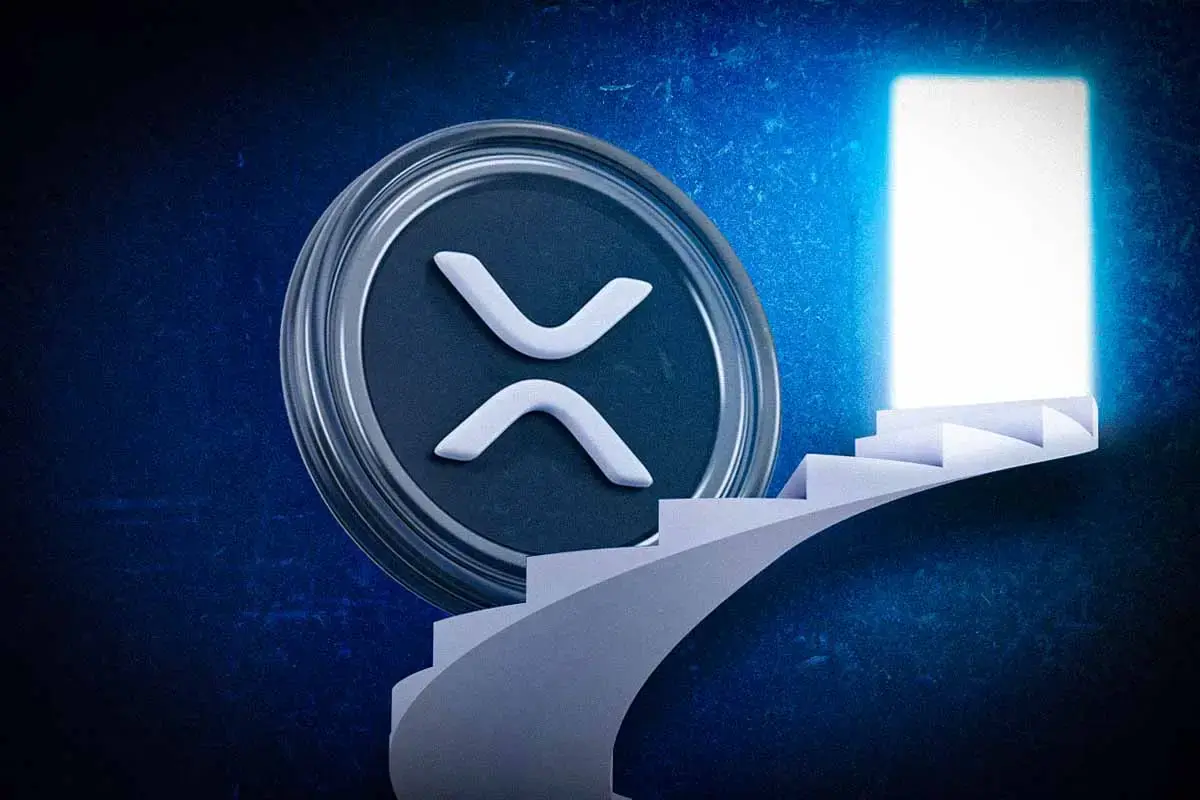
Image Credit: Crypto-News-Flash
XRP News: Morgan Stanley Labels Ripple a Top Contender in Global Payment Systems
- Morgan Stanley recognizes Ripple's role in reducing settlement periods and increasing transaction speeds in cross-border payments.
- JPMorgan acknowledges Ripple, SWIFT, and the CLS Group's efforts in addressing challenges in cross-border payments, citing potential savings for banks that adopt Ripple.
- Ripple's XRP highlighted as an alternative to SWIFT in global payments by Morgan Stanley and JPMorgan, with a mention of reducing settlement times and fraud risks.
- XRP's price is on the rise, currently trading at $2.2 with a 13% surge in the last 30 days, indicating a potential bullish reversal to $15.
Read Full Article
25 Likes
Javacodegeeks
0

Image Credit: Javacodegeeks
Understanding Why @Relation Annotations Sometimes Ignore Collection Names in Spring HATEOAS
- The @Relation annotation in Spring HATEOAS is used to customize the names of individual resources and collections within hypermedia representations.
- Common scenarios where collection names are ignored include incorrect use of assemblers, manual construction of collection models, and missing or incorrect @Relation annotations.
- Best practices to ensure proper application of collection names include consistent use of assemblers, verifying annotations, and avoiding manual model construction.
- Understanding and following these best practices in Spring HATEOAS can help in avoiding pitfalls where collection names are ignored and ensuring semantic correctness in API representations.
Read Full Article
Like
Logrocket
388
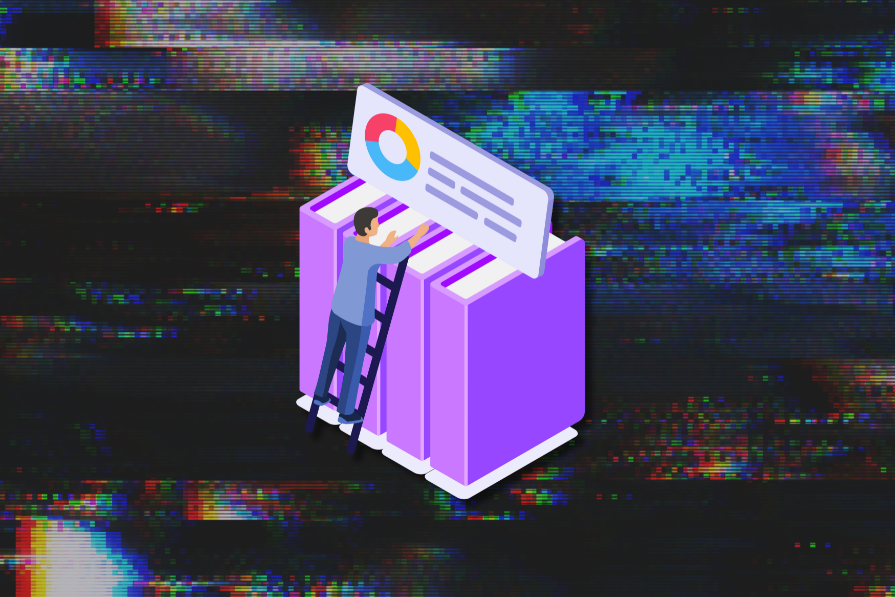
Image Credit: Logrocket
Why some designers stay stuck at mid-level — And the truth about design titles
- Promotions in design are not solely about skillset or years of experience, but can be influenced by factors beyond one's control.
- The difference between mid-level and senior designers lies in design execution, product thinking, collaboration, and autonomy.
- Senior designers understand product strategy, lead cross-functional teams, and drive measurable business outcomes.
- Politics, limited promotion opportunities, and company performance can impact promotion decisions.
- Title inflation can lead to disparities in seniority definitions across companies, affecting career progress and comparisons.
- Focusing on personal development, high-impact projects, and effective communication can help in navigating career growth.
- If feeling stagnant, considering internal opportunities or updating portfolio for external roles can be beneficial.
- Ultimately, prioritizing upskilling, impactful work, and personal values over job titles can lead to long-term success in the design field.
Read Full Article
23 Likes
Dev
36

Image Credit: Dev
How to Integrate Browser Use into Scrapless Scraping Browser?
- Browser Use is a browser automation SDK that uses screenshots to capture the state of the browser and actions to simulate user interactions.
- To integrate Browser Use into Scrapless Scraping Browser, you need to obtain the Scrapeless API key and set it as an environment variable in your .env file along with the required OPENAI_API_KEY.
- You can install Browser Use using pip for Python>=3.11 and for memory functionality, install 'browser-use[memory]' which requires Python<3.13 due to PyTorch compatibility.
- Configure the browser and create an automation agent by setting up the browser, agent, and main function to execute tasks on the Web using Browser Use.
Read Full Article
2 Likes
Medium
411

REST API Design: Building Blocks for Scalable Systems
- REST APIs utilize HTTP requests for CRUD operations on resources, following six guiding architectural constraints for being truly RESTful.
- Key principles include resource identification, client-server architecture, statelessness, cacheability, layered system, and optional code on demand.
- REST API design focuses on resources over actions, using nouns for endpoints, standard HTTP methods, and proper use of HTTP status codes.
- Best practices include pagination, filtering, versioning, error handling, authentication, rate limiting, HTTPS encryption, documentation, and strategies for evolving APIs.
- Common REST API anti-patterns to avoid include ignoring HTTP method semantics, creating operation-based endpoints, returning inconsistent responses, neglecting documentation, and tight coupling between API and client.
Read Full Article
24 Likes
Javacodegeeks
45
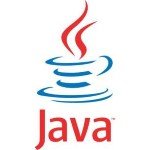
Image Credit: Javacodegeeks
Java Currency Code Symbol Mapping Example
- In Java, you can map currency codes to symbols using the Currency and Locale classes for internationalization support.
- The Currency class provides the getSymbol() method to retrieve a currency's symbol based on a specified locale.
- You can use Currency.getInstance(currencyCode) to get the Currency object and then obtain the symbol using getSymbol(locale).
- Iterating through available currencies with getAvailableCurrencies(), you can map all ISO currency codes to symbols.
- For custom mapping, a hardcoded HashMap can link specific currency codes directly to their symbols.
- The hardcoded map approach allows full control over symbol display but requires manual updates for new currencies.
- The article also discusses using Java's built-in support and a custom solution for currency symbol mapping.
- Various Java code examples demonstrate different approaches to mapping currency codes to symbols.
- Mapping currency codes to symbols is vital for financial applications, e-commerce platforms, and localization.
- Understanding currency code to symbol mapping is essential for displaying accurate currency representation in Java.
Read Full Article
2 Likes
Logrocket
18
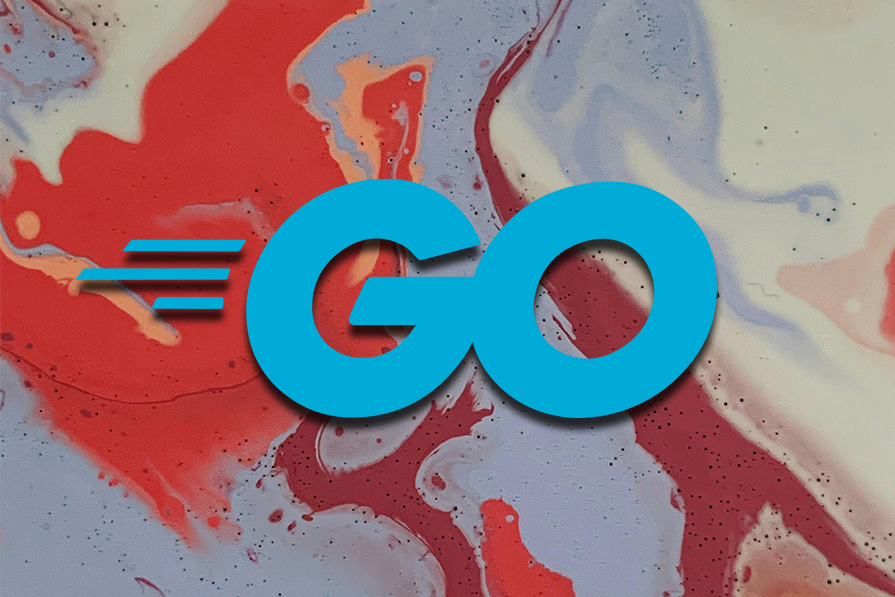
Image Credit: Logrocket
Why Go wasn’t the right choice for the TypeScript compiler
- The TypeScript compiler was rewritten in Go for performance gains, but it raises concerns about ecosystem disruption and maintainability.
- While Go offers speed improvements, the existing TypeScript ecosystem's tooling and APIs may face challenges and potential obsolescence.
- Choosing Rust over Go could have provided better long-term benefits, such as safety, extensibility, and ecosystem alignment.
- Go's limitations in generics support, metaprogramming capabilities, and contributor friction are already noticeable in the TypeScript compiler's migration.
- Community feedback indicates a preference for Rust due to its strengths in safety, performance, and familiarity within the TypeScript ecosystem.
- The TypeScript team's decision to switch to Go poses risks in terms of long-term maintenance, developer experience, and community acceptance.
- While Go excels in CLI performance, concerns arise regarding compatibility issues, such as changes affecting tools like ts-loader.
- The move to Go challenges TypeScript's core development feedback loop, potentially widening the gap between building and using the language.
- Critics highlight how TypeScript's pragmatic choice of Go may impact community momentum, contributor inclusivity, and ecosystem consistency.
- Although Go offers speed benefits, the trade-offs in ecosystem disruption and the potential shift to Rust for compilers raise questions about true pragmatism.
- While the Go choice enhances speed, the deeper costs of ecosystem integration and long-term limitations suggest that Rust might have been a more sustainable option for TypeScript's future.
Read Full Article
1 Like
Logrocket
356
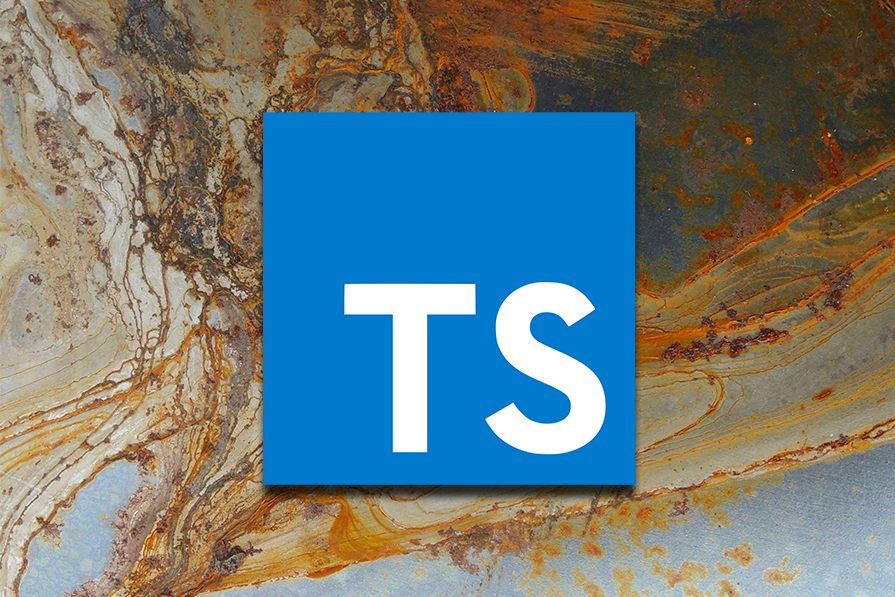
Image Credit: Logrocket
How and when to use type casting in TypeScript
- TypeScript casting, also known as type assertion, is a way to fix type errors when working with unknown data like JSON or form inputs.
- It explicitly tells TypeScript what a type value should be, resolving type errors and guiding the compiler.
- Casting is crucial for dynamic data or when TypeScript's inference is insufficient.
- Type casting can be implicit (handled by TypeScript) or explicit (developer-managed).
- Subtypes inherit attributes from supertypes, and type widening moves from subtype to supertype.
- Type narrowing moves from supertype to subtype and requires type checks for validity.
- Type casting in TypeScript is done using the as operator to explicitly inform the compiler of the target type.
- Type casting should be used thoughtfully in scenarios like working with third-party libraries, parsing JSON, or DOM interactions.
- Instead of casting, consider alternatives like type narrowing, type guards, generics, and defining types upfront for better type safety.
- Casting should be your last resort when safer alternatives have been ruled out.
- Type assertion using the as operator has limitations, such as not performing runtime checks and being unable to cast between unrelated types.
Read Full Article
21 Likes
Medium
77

Image Credit: Medium
How Generative AI Is Transforming the Creative and Tech Ecosystem
- Generative AI, powered by machine learning and advanced algorithms, is revolutionizing industries and driving demand for AI talent.
- Unlike traditional AI, generative AI creates new content such as text, images, audio, and code, learning from training data to generate novel outputs.
- Marketing teams use generative AI tools like ChatGPT and Jasper to streamline content creation at scale, enhancing productivity.
- In software development, tools like GitHub Copilot assist developers in writing code faster and reducing development time significantly.
- Digital artists leverage generative tools for exploring new aesthetics and creating visual content more efficiently for commercial use.
- Generative AI is also transforming music composition, allowing musicians to generate melodies and harmonies tailored to specific genres or moods.
- AI programmers play a crucial role in building, training, and maintaining generative models, ensuring they understand and replicate human-like creativity.
- These programmers use techniques like supervised learning and reinforcement learning to improve AI performance and mitigate biases in AI-generated content.
- Challenges posed by generative AI include concerns about copyright ownership, misuse in creating fake content, and potential impact on human creativity.
- The future of generative AI involves personalized AI avatars, multi-modal generation, and increased human-AI collaboration for enhanced creativity and efficiency.
Read Full Article
4 Likes
Dev
338

Image Credit: Dev
Understanding Multi-Tenant Architecture (Part-One)
- Multi-tenant architecture is crucial in SaaS platforms, allowing a single instance of software to serve multiple customers.
- Types include shared database with shared schema, shared database with separate schemas, or separate databases for each tenant.
- Benefits include cost-efficiency, scalability, and centralized management, while challenges involve data isolation, complex migrations, and increased security responsibilities.
- Best practices include using tenant-specific identifiers, designing for scalability, monitoring tenant performance, and ensuring API and data security.
Read Full Article
20 Likes
Dev
77

Image Credit: Dev
What is GraphQL and creating your first Schema
- GraphQL is a query language for APIs and provides a server-side runtime for executing queries.
- Creating a GraphQL service involves defining types and fields in a Schema and creating resolvers for each field to provide data.
- The resolver functions in GraphQL have the same name as the fields they retrieve data for.
- Queries in GraphQL can be executed through the default entry point called Query, allowing access to specified data.
Read Full Article
4 Likes
For uninterrupted reading, download the app